In the modern automotive world, comfort, efficiency, and smart technology are closely linked. One small but essential part that plays a big role in this evolution is the automobile heating control valve. Specifically, the heater coolant control valve has undergone major design and functional upgrades over the past decade to meet the growing demands of new-generation vehicles.
These valves no longer serve just as mechanical regulators of coolant flow—they now function as integrated, responsive components of advanced climate control systems.
The Evolving Role of Heater Control Valves
Traditionally, heater control valves were mechanically operated—either manually or via vacuum systems. They had a simple job: to open or close in order to allow or block hot coolant from entering the heater core, based on the driver’s temperature setting.
Today, however, the heater coolant control valve has taken on a more advanced role. In modern cars, especially those with automatic climate control or dual-zone systems, the valve operates in coordination with sensors and electronic control units (ECUs). It not only adjusts flow but does so dynamically based on real-time cabin temperature, ambient conditions, and passenger preferences.
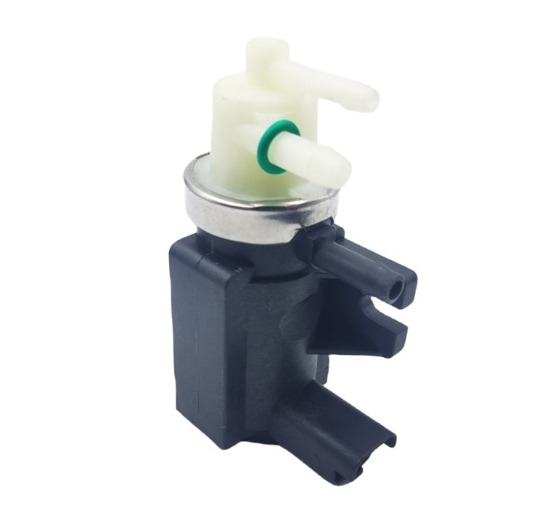
Key Technological Advancements
1. Electronic Actuation and Smart Response
One of the more notable innovations is the transition from mechanical to electronic control. Modern heater valves are now powered by electric actuators that can receive precise commands from the vehicle’s ECU. This allows for:
Faster response time when the cabin temperature needs adjustment
Smooth, proportional opening and closing of the valve (not just on/off)
Better compatibility with automatic and dual-zone HVAC systems
With this setup, passengers enjoy a more stable and comfortable interior temperature regardless of external weather changes.
2. Integration with Climate Control and Telematics
Another major innovation is the integration of heater control valves with intelligent climate control systems. These systems are capable of:
Monitoring real-time cabin and engine temperatures
Adjusting coolant flow automatically based on vehicle load, passenger presence, and energy usage
Communicating with telematics systems for predictive climate control, such as pre-conditioning the cabin before the driver enters
This connected technology means that the valve isn’t just reacting to changes—it’s anticipating them.
Material Upgrades and Lightweight Design
Alongside functional improvements, manufacturers are now using upgraded materials to enhance the performance and durability of heater valves. Common materials include:
High-performance plastics that are lightweight yet resistant to heat and corrosion
Aluminum alloys that provide strength and longevity without adding excess weight
Elastomers and composite seals that improve valve lifespan and reduce leak risk
These advancements reduce the overall weight of the component, helping manufacturers meet fuel economy and emissions targets without sacrificing reliability.
Importance in Electric and Hybrid Vehicles
In internal combustion engine vehicles, waste heat from the engine was abundant and could easily be used to warm the cabin. However, electric and hybrid vehicles don’t produce as much residual heat. This makes the role of the automobile heating control valve even more critical.
In EVs and HEVs, the valve helps manage limited thermal energy sources efficiently, directing heat only where needed and minimizing energy drain from battery-powered heaters. As a result:
Cabin heating is more energy-efficient
Driving range is preserved
Passengers still enjoy a warm environment even in cold climates
This is an area where smart valve control directly impacts both comfort and performance.
If your business or workshop services climate control systems, staying updated on these innovations will help ensure that your customers enjoy a smoother, more comfortable, and smarter ride—no matter what vehicle they drive.

 English
English русский
русский Español
Español

 View More >>
View More >>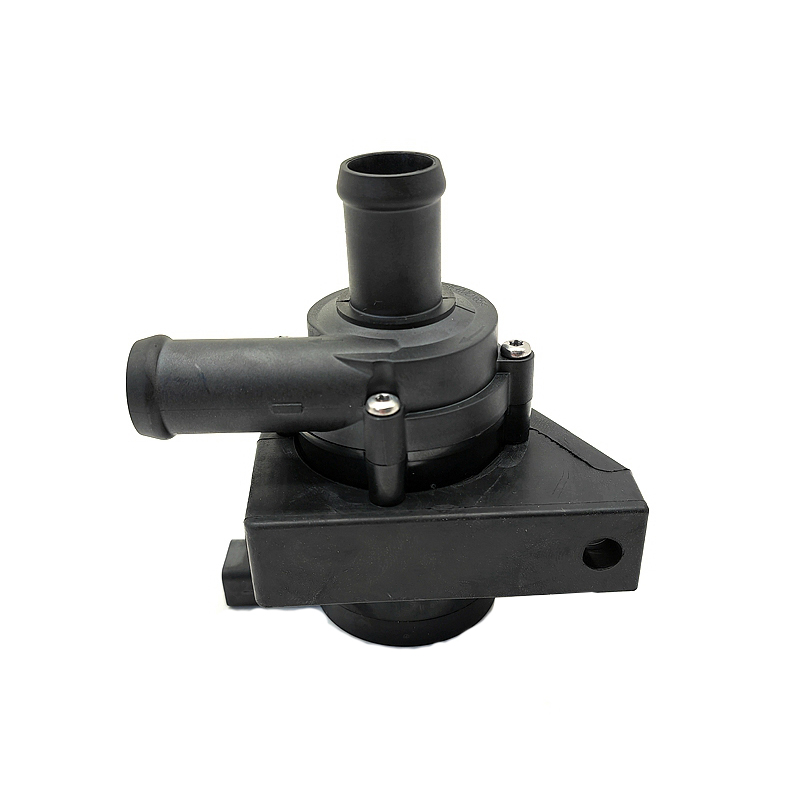 View More >>
View More >>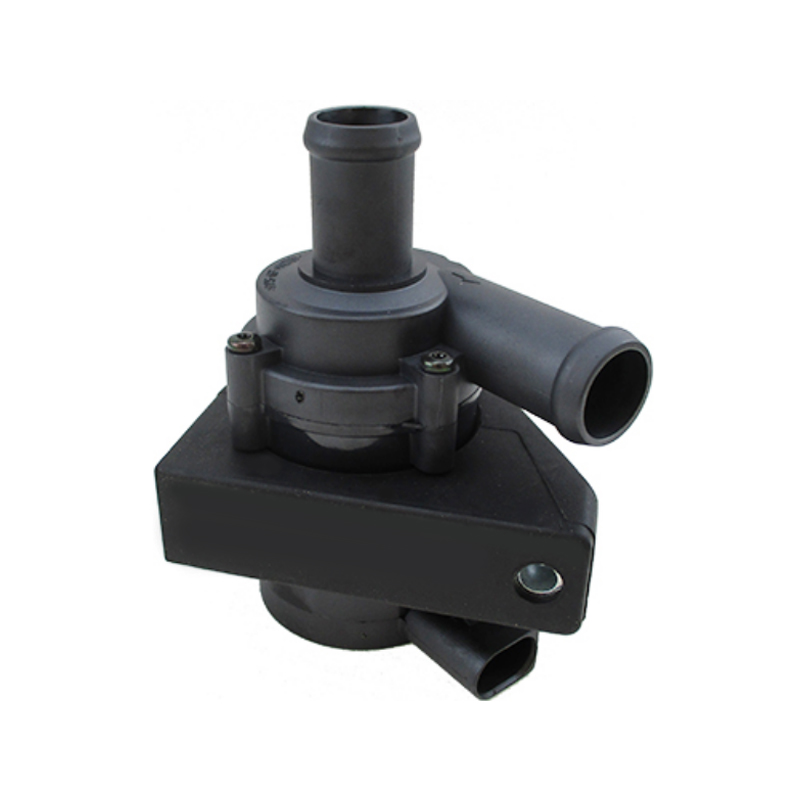 View More >>
View More >>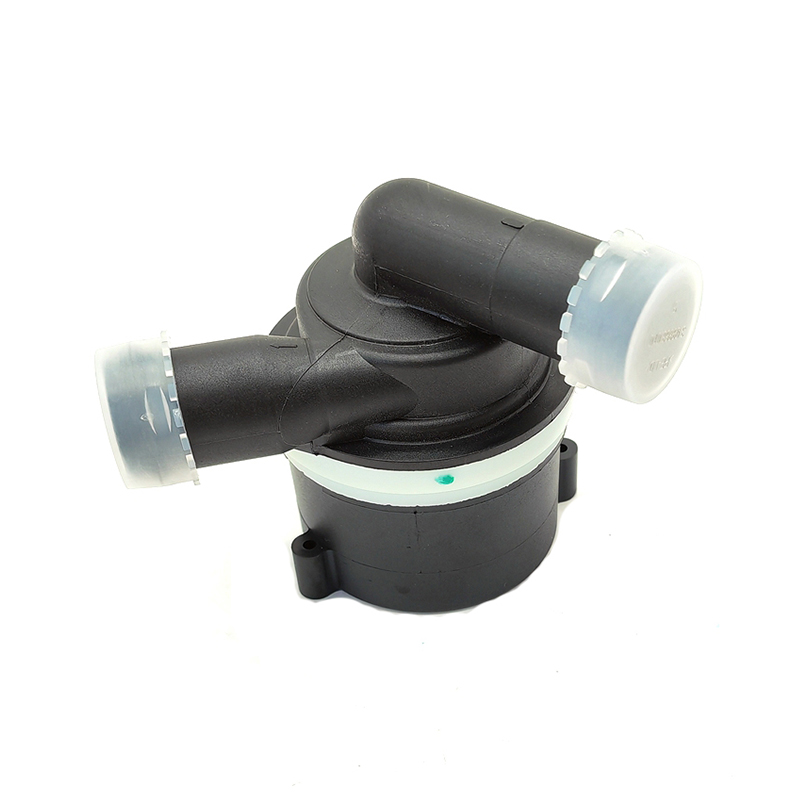 View More >>
View More >>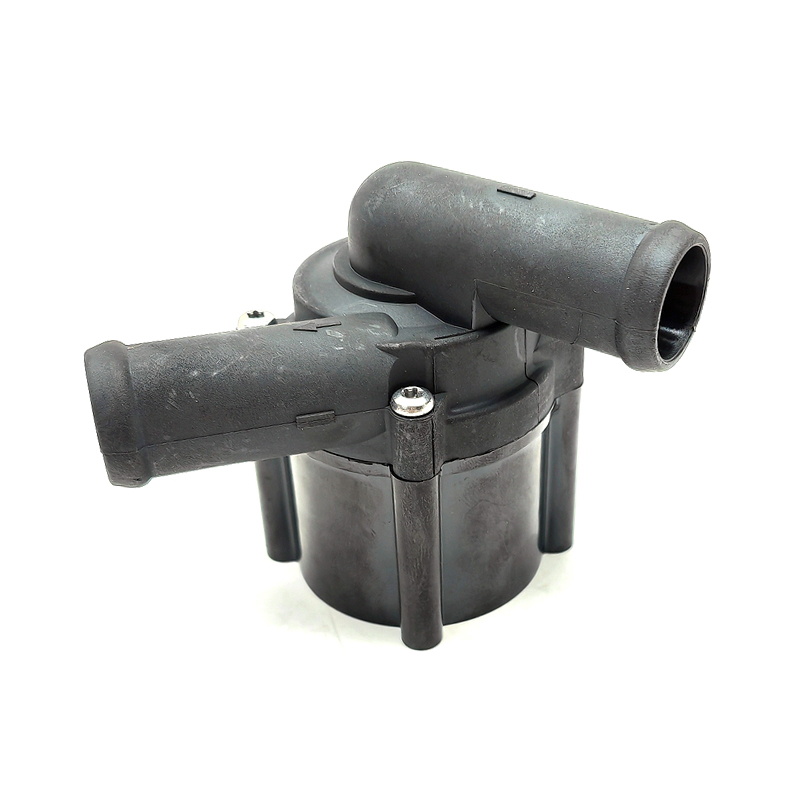 View More >>
View More >>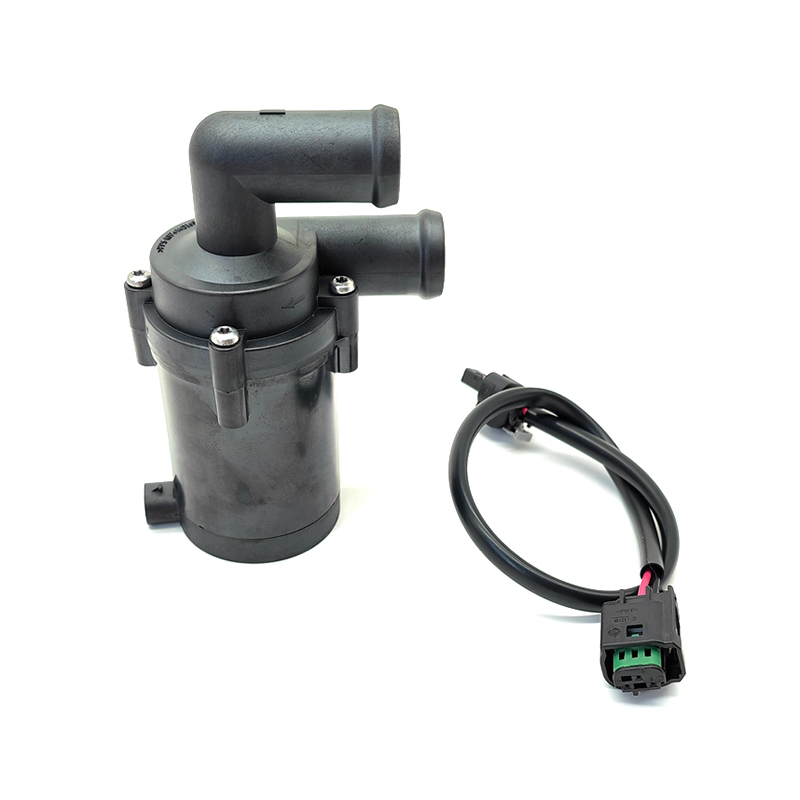 View More >>
View More >>